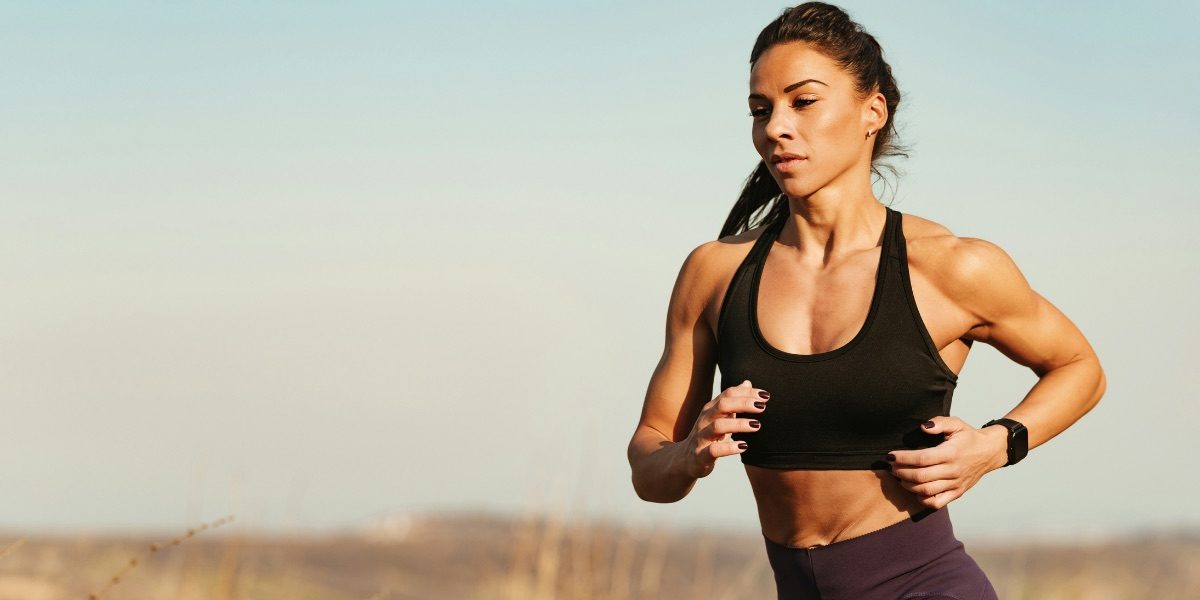Athleisure’s global expansion reflects shifting consumer preferences, advancements in textile technology, and changing attitudes toward comfort in everyday fashion. The appeal of clothing that blends performance and style has contributed to increased demand across various markets, with brands exploring new regions to sustain growth. While established markets continue to drive innovation, emerging economies and evolving consumer habits are shaping the next phase of the industry.
As companies expand into diverse geographic and cultural landscapes, factors such as climate, retail infrastructure, and purchasing behaviors influence how athleisure is adopted. Sustainability, digital commerce, and localized design adaptations are also playing a role in reshaping industry strategies.
Read also: Combating Aging with Exercise: A Guide to Staying Active
What Is Driving Athleisure’s Growth Across Global Markets?
Consumer preferences have shifted toward versatile, multi-functional clothing that accommodates active and casual settings. This change has been influenced by several factors, including hybrid work arrangements, increased health consciousness, and the rising influence of digital commerce.
More individuals are working in flexible environments where traditional business attire is less common. As a result, demand has grown for clothing that maintains a professional appearance while offering comfort and ease of movement. Many brands have introduced hybrid pieces that combine tailored silhouettes with performance materials, reflecting this shift in workplace fashion norms.
Interest in health, wellness, and recreational fitness activities has also contributed to the expansion of athleisure. In many regions, growing participation in yoga, running, and outdoor activities has influenced purchasing patterns, with consumers seeking clothing that aligns with both exercise routines and everyday wear. This trend has been reinforced by the influence of social media, fitness influencers, and digital marketing, which have introduced new styles and brands to global audiences.
Advancements in fabric technology have supported this shift. Moisture-wicking, temperature-regulating, and odor-resistant materials have made activewear more adaptable to different climates, enabling brands to expand into regions where performance fabrics were previously limited in availability.
How Are Regional Markets Adapting to Athleisure Trends?
While athleisure has seen widespread adoption in North America and Europe, interest is growing in regions where fashion norms and consumer habits differ. Local economic conditions, climate considerations, and cultural expectations influence how brands tailor their approach to new markets.
In Southeast Asia, lightweight fabrics and breathable designs are gaining traction due to humid conditions. Many brands focus on cooling textiles and adjustable layering options that accommodate varying temperatures throughout the day. The rise of e-commerce and mobile shopping in this region has also contributed to increased accessibility for international brands.
In the Middle East, demand for modest activewear has led to design adaptations that prioritize coverage, breathability, and flexibility. Some companies have introduced long-sleeved, high-necked, and loose-fitting designs that align with local preferences while maintaining performance features. Expanding participation in women’s sports has further supported interest in functional yet culturally appropriate activewear.
Latin American markets have shown growth in athleisure, particularly in regions where sports culture, outdoor activities, and fitness trends are prominent. Brazil, known for its strong athletic traditions, has seen local brands develop regionally inspired designs that emphasize bold colors, lightweight materials, and support for high-energy activities. Mexico has experienced a similar rise in demand, influenced by the expansion of fitness communities and digital shopping trends.
Africa presents a growing opportunity for athleisure, particularly in urban centers where lifestyle trends and digital commerce are evolving. Some markets remain highly price-sensitive, requiring brands to adjust pricing models, explore local production partnerships, or focus on direct-to-consumer strategies to improve accessibility.
What Role Does Sustainability Play in Athleisure’s Expansion?
Sustainability has become an increasingly important consideration in global athleisure expansion. Consumers and industry stakeholders are evaluating how material sourcing, production methods, and supply chain transparency impact long-term environmental and social responsibility.
Many brands have introduced recycled fabrics, biodegradable materials, and water-efficient manufacturing processes to reduce their environmental footprint. Some companies are developing plant-based or bio-engineered alternatives to synthetic performance fabrics to address concerns about microplastic pollution.
Transparency in sourcing and production is gaining traction as well. Consumers are showing greater interest in how and where their clothing is made, prompting some brands to share detailed information on material origins, labor practices, and carbon emissions. Digital tracking systems, such as blockchain verification and digital product passports, are emerging tools for verifying sustainability claims.
Rental and resale models are also expanding within athleisure. Some companies offer subscription-based activewear rentals or participate in secondhand marketplaces to extend the life cycle of products and reduce textile waste. These initiatives align with broader shifts toward circular fashion and responsible consumption.
How Is Digital Retail Reshaping Athleisure’s Market Strategies?
The rise of digital commerce has significantly influenced how brands expand into new markets. Many companies are prioritizing direct-to-consumer (DTC) models, social commerce, and personalized online shopping experiences to reach global audiences.
Personalization has become a key focus in online retail. Brands are incorporating AI-driven recommendations, virtual fitting tools, and interactive product showcases to enhance the customer experience. Some companies use augmented reality (AR) features to allow shoppers to visualize fit and styling before purchasing.
Livestream shopping events have gained popularity in Asia and select Western markets, allowing brands to engage consumers through real-time product demonstrations and influencer-led discussions. This format blends entertainment with retail, providing an interactive way for customers to explore new collections.
Subscription-based retail models are also gaining momentum, offering curated activewear selections based on personal preferences. Some brands provide monthly outfit drops, mix-and-match styling options, and flexible return policies to accommodate evolving fashion tastes.
What Challenges Do Brands Face in Expanding Athleisure Globally?
While athleisure’s expansion presents growth opportunities, brands must navigate logistical, economic, and cultural challenges when entering new markets. Understanding regional pricing expectations, consumer behaviors, and infrastructure limitations is essential for sustainable success.
Import regulations, supply chain costs, and fluctuating currency values can impact pricing and distribution strategies. Some brands are exploring local production hubs and regional fulfillment centers to improve cost efficiency and reduce delivery times.
Economic conditions also affect purchasing behavior. In certain markets, premium athleisure brands may compete with lower-cost alternatives that offer similar styles at more accessible price points. Companies looking to establish a presence in price-sensitive regions may explore tiered pricing, region-specific collections, or partnerships with local retailers.
Cultural differences influence brand positioning. While some markets prioritize technical performance and durability, others emphasize fashion appeal and seasonal trends. Adapting marketing strategies to align with regional style preferences, lifestyle habits, and climate conditions can help brands establish stronger consumer connections.
Read also: The Significance of Physical Activity in Daily Life
Where Is Athleisure Headed in the Coming Years?
As athleisure continues to evolve, industry shifts in fabric innovation, retail strategies, and consumer expectations will shape its trajectory in global markets.
Material technology is advancing toward temperature-regulating fabrics, sweat-activated cooling systems, and enhanced durability features. Some brands are incorporating wearable technology, smart textiles, and embedded fitness-tracking elements into performance apparel.
Hybrid clothing categories that merge athleisure with professional wear, travel attire, and adaptive apparel may continue to gain traction. Consumers seeking multi-functional wardrobes with fewer but higher-quality pieces are driving interest in versatile, seasonless designs.
The influence of digital commerce will likely expand, with virtual storefronts, AI-driven customization, and blockchain-enabled authentication playing a greater role in how brands connect with consumers. As industry strategies evolve, brands that prioritize innovation, sustainability, and adaptability may continue to shape the next phase of athleisure’s global expansion.







